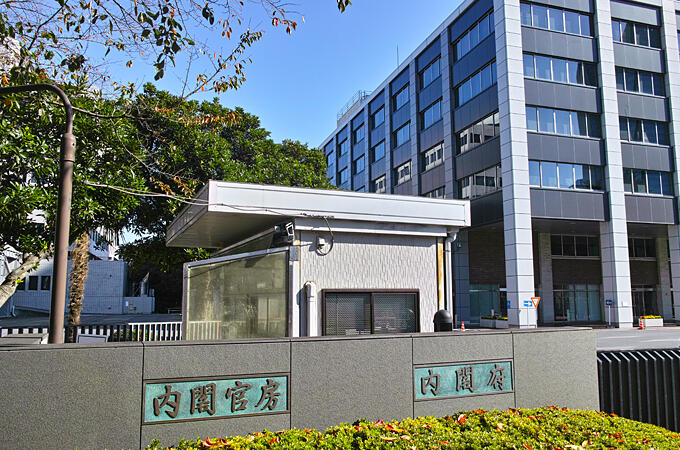The Cabinet Office's Council of Experts has revised its 2019 bio-strategy toward realizing a bioeconomy society, aiming for a market size of 100 trillion yen by 2030. The Integrated Innovation Strategy Council will make a formal decision and incorporate it into the framework policy, which will lead to the compilation of the budget for the next fiscal year. The chairperson, Osamu Nagayama, President of the Japan Bioindustry Association, said, "Even if you add value through biotechnology, it takes time for the market to accept it. This is the reason why previous biotech strategies have not been successful enough. The government should invest greater funds to encourage companies to enter the market."

Global policy and market competition, including investment and regulatory strategy, is accelerating internationally as the bioeconomy, which utilizes biotechnology and biomass, provides solutions to various problems relating to the environment, food, and health, as well as the realization of a circular economy and sustainable economic growth. In Japan, expectations for the bioeconomy are growing as well, with a large budget of 1 trillion yen allocated for bio-manufacturing and other areas amid ongoing discussions on Green Transformation (GX), the circular economy, economic security, food security, strengthening discovery of new pharmaceuticals and other issues.
The bioeconomy strategy identifies five market areas and includes specific initiatives in three main pillars: bio-manufacturing and bio-derived products; primary production, etc. (agriculture, forestry, and fisheries); and biopharmaceuticals/regenerative medicine and health care. For example, in biomanufacturing, the focus will be on fostering microorganism and cell design platforms by integrating biotechnology and digital technologies such as AI and on developing a biofoundry infrastructure. Additional focus will be put on other potential strengths such as hydrogen-oxidizing bacteria, cultures and fermentation processes. The strategy also promotes the direct use of unused biomass and carbon dioxide to eliminate feedstock constraints.
In addition to the three pillars mentioned above, the following fundamental measures will be implemented: developing an environment in which young researchers can concentrate on their research; enhancing competitive research funding; fusing biotechnology and digital technology; developing databases and integrated search technology using AI to further accelerate the digital transformation of research; promoting bioinformatics personnel; improving infrastructure to support the linkage and utilization of data in different fields and across fields; promoting basic research such as research focusing on the "life course" from the emergence and regeneration of life to aging; and utilizing knowledge from different fields such as AI and quantum physics.
This article has been translated by JST with permission from The Science News Ltd. (https://sci-news.co.jp/). Unauthorized reproduction of the article and photographs is prohibited.




